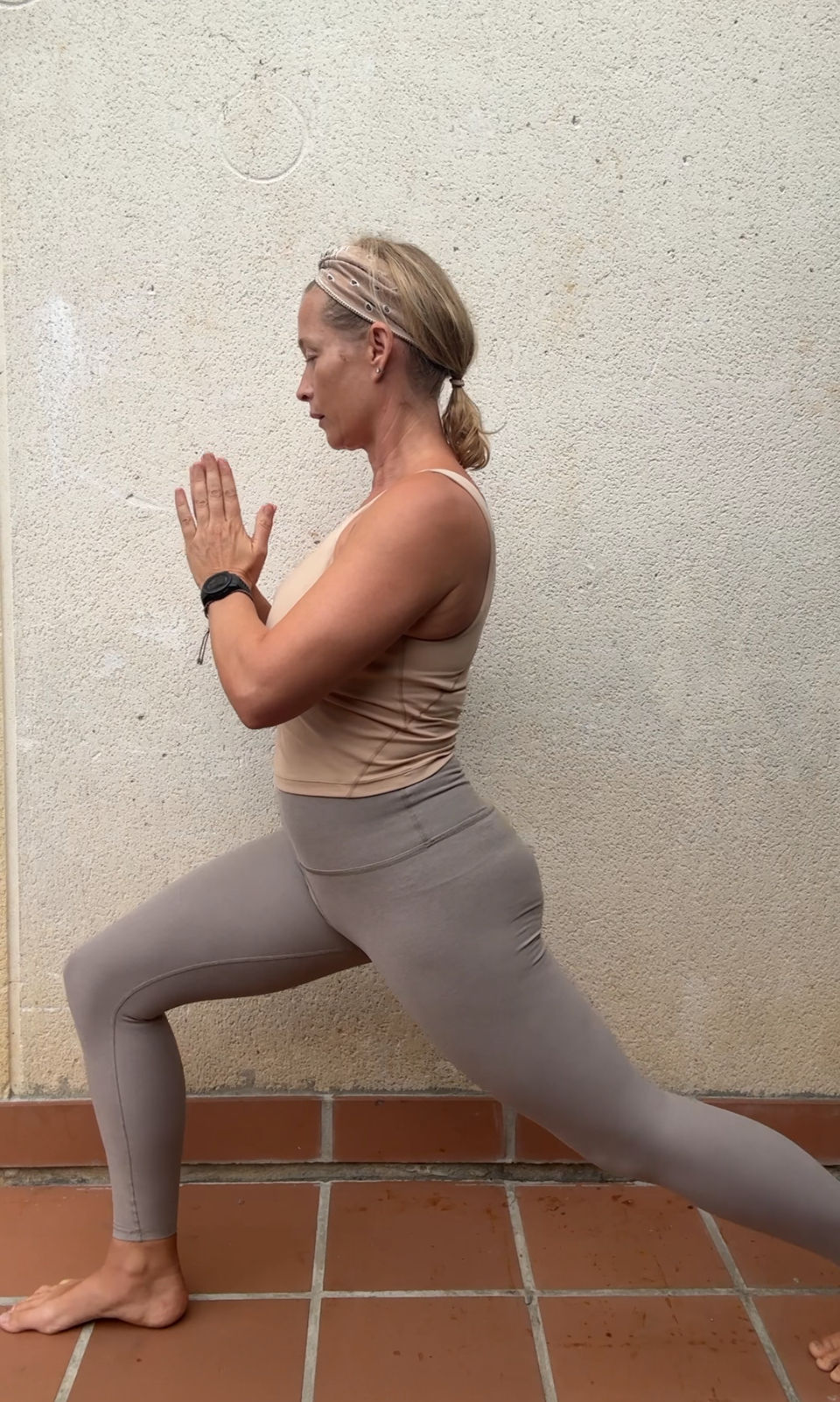Zone 2 Training for Women’s Hormonal Health: Why It’s Not Enough & What to Do Instead
- Shaini Verdon
- Mar 9
- 4 min read

There’s a lot of buzz around Zone 2 training lately—how it’s the key to longevity, better metabolic health, and peak performance. Everywhere you look, the advice seems to be the same:
✔ Train mostly in Zone 2.
✔ Keep your heart rate low.
✔ Go slow and steady for long periods.
And while Zone 2 training has its place, especially for perimenopausal women, it shouldn’t be our priority.
Why? Because, once again, the research that made this protocol so popular was largely conducted on men. Women’s bodies—our hormones, metabolism, and muscle composition—respond differently to training, especially as we go through perimenopause and beyond.
So let’s break it down:✔ What exactly is Zone 2 training?✔ Why is it different for women?✔ What should we focus on instead?
What Is Zone 2 Training & Why Is Everyone Talking About It?
Zone 2 training is low-intensity cardio that keeps your heart rate between 60-70% of your max heart rate (MHR). It should feel easy, like you could do it for hours while still holding a conversation.
Examples include:
🚶♀️ Walking (one of my absolute favorite ways to move).
🚴 Cycling at a relaxed pace.
🏃♀️ Slow jogging or hiking.
🛶 Paddleboarding or rowing at an easy effort.
The reason Zone 2 is so hyped? It improves mitochondrial function—helping your cells produce energy more efficiently—while training the body to use fat for fuel, rather than relying solely on carbohydrates.
This is where the science geek corner comes in:
🧬 For all my science lovers, here’s what’s happening at a cellular level:Zone 2 training stimulates mitochondrial biogenesis—the creation of new mitochondria (your cells’ energy powerhouses). More mitochondria = better energy production, improved endurance, and a more efficient metabolism.🧬 BUT… Here’s the catch for women: Research shows women naturally have better mitochondrial efficiency than men. We already use fat for fuel more efficiently, meaning we don’t need as much Zone 2 training to improve these functions as men do.
How does Zone 2 Training for Women’s Hormonal Health fit in (Without Over-Prioritising It)
Now, don’t get me wrong—I love Zone 2 movement. I walk every single day and always aim for 8,000-12,000 steps. It keeps me active, lowers cortisol, and helps my nervous system stay balanced.
I also still practice and teach yoga & Pilates because they are foundational for:
✔ Mobility & flexibility (which become more important as we age).
✔ Core strength & posture (to prevent injuries and support the spine).
✔ Nervous system regulation (so important in perimenopause when stress can feel overwhelming).
But here’s the key:While walking, yoga, and Pilates are non-negotiable parts of my movement practice, I’ve also had to rethink what I prioritize for long-term health.
Women Need More Than Zone 2: The Power of High-Intensity Training
Instead of prioritising endless hours of low-intensity movement, perimenopausal women benefit far more from adding short bursts of high-intensity work.
💥 This is why I’ve started incorporating Sprint Interval Training (SIT) into my weekly classes!
I also personally do SIT 2-3 times a week, like medicine. And let me tell you—it works. It’s one of the most effective ways to maintain muscle, increase metabolic flexibility, and boost brain health as we age.
What’s Sprint Interval Training (SIT)?
🚀 20-30 seconds of MAX effort (sprints, bike, or bodyweight exercises).🚶♀️ 1-2 minutes of full recovery.🔄 Repeat for 1-3 rounds and gradually add more rounds if wanted.
This type of training:
✔ Improves mitochondria function (yes, even more than Zone 2!).
✔ Boosts brain resilience (helping prevent cognitive decline).
✔ Increases muscle mass & power (which we lose rapidly in perimenopause).
🧬 Science geek corner: Why is SIT better for women than just Zone 2? For women, high-intensity work specifically increases MCT1 transporters—proteins that pull lactate into muscle cells and use it for fuel. This enhances mitochondrial efficiency far more than slow endurance work does for us.
In contrast, Zone 2 barely increases these transporters in women—which means that while it’s still good for overall health, it shouldn’t be our main focus.
We Are Not Small Men: Why This Matters for Perimenopause & Longevity
It’s so easy to hear fitness trends like “Zone 2 is the secret to longevity!” and assume it applies to all of us equally.
But here’s what we need to remember:
🚫 Most studies are done on men.
🚫 Women have different hormones, muscle composition, and metabolism.
🚫 What works for men won’t always work for us.
So when you hear people say “Zone 2 is everything”—know that this is based on male physiology.👉 Men NEED more Zone 2 to get the same mitochondrial benefits women already have naturally.
👉 Women need to focus more on high-intensity work to see those same benefits.
This doesn’t mean Zone 2 is bad for women—it just shouldn’t be the foundation of our training. Instead, we should:
✔ Walk, move, and enjoy lower-intensity activities.
✔ Prioritize strength training to maintain muscle.
✔ Incorporate SIT or HIIT at least 2-3 times a week.
Final Thoughts: Training Smarter for Perimenopause & Beyond
If you’re focusing only on Zone 2 training for women’s hormonal health, it’s time to rethink your approach.
💡 What I do & recommend:
✅ Walking daily (8,000-12,000 steps).
✅ Yoga & Pilates for mobility & stress relief.
✅ Strength training 2-3x per week.
✅ Sprint Intervals (SIT) 1-2x per week.
🚀 What I’ve changed? I no longer believe low-intensity Zone 2 training should be the priority for women in perimenopause. Instead, I train with intensity, lift heavier, and sprint—and I feel stronger than ever.
💬 What about you? Have you been focusing on Zone 2? Will you start adding more intensity to your training? Let me know in the comments!



Comments